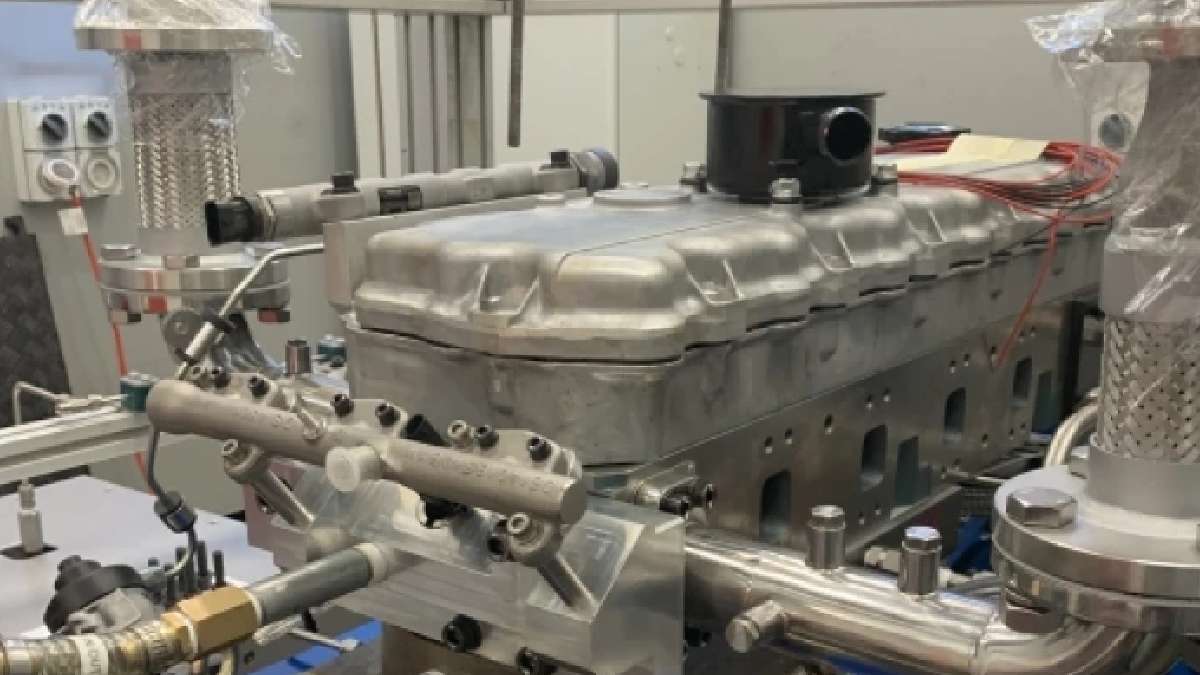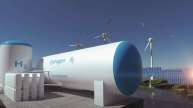An integral part of India’s ambitious plan is to shift the older vehicles via retrofitment to run on clean fuel technology. Since the Ministry has been planning to overhaul the existing machinery, here is a technological advancement that could be beneficial. As per a report, UNSW researchers have been able to manufacture and prototype a retrofit system that can run on 90% hydrogen, rapidly reducing the carbon dioxide and nitrous oxide emissions while boosting efficiency by a projected 26%.
The program, which is still in its nascent stages, is not a fully green conversion of diesel engines. It offers a way for certain businesses to significantly reduce their emissions output without wastefully junking existing assets that could remain useful for a long time.
What Does the New System Include?
The new system is designed to replace the existing diesel injection system by adding hydrogen directly to the engine. It would also feature independent control of injection timing for both hydrogen and diesel systems. A major benefit of such a retrofitment would be the system’s ability to cycle through low-quality hydrogen efficiently.
The development team has showcased how the stratified hydrogen injection technique will be able to produce pockets of higher and lower concentration within the cylinder. This will reduce nitrous oxide emissions to levels lower than those of conventional diesel engines.
The Indian government has included the development of hydrogen processing into a usable form under the ambit of its expansive plans for eco-friendly mobility. If such infrastructure is established in the future, such retrofitment kits might become mainstream equipment.
UNSW is working to get the retrofitment kits commercialised soon, and the brand has been planning to target fleet and generator operators, like mining operations, that already have hydrogen supplies piped to their sites.
Other brands have also been developing new retrofitment kits; these include the HYDI – a Direct Injection Device that would be able to generate its hydrogen as you drive. The system would require occasional water top-ups, making it completely non-reliant on hydrogen fueling infrastructure, and it would be able to reduce fuel consumption by 5–13%.
Also Read: Range Rover Autobiography Vs Mercedes And BMW: Here’s How The SUV Compares To Its German Rivals











